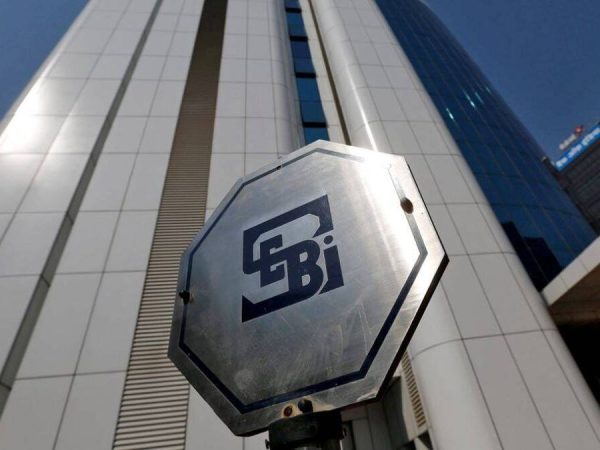Sebi mulls farmework for market making to deepen bond markets
With over 98 per cent of corporate bonds being private placements, leading to a shallow secondary market, Sebi is planning to come out with a framework for market-making to help markets become more vibrant and funds cheaper, a Sebi member said.
Concerted efforts by regulators and government have seen corporate bond outstanding touching Rs 40.20 lakh crore in FY22 from Rs 10.51 lakh crore in FY12, while the secondary market is about 30 per cent of this. Annual issuances during this period have increased from Rs 3.80 lakh crore to close to Rs 6 lakh crore.
Compared to this, the current outstanding stock of government securities is Rs 84.71 lakh crore across 100 instruments as of June 2022 while trading volume in G-Secs was Rs 126.6 lakh crore in FY22 which is about seven-times of the trading in corporate bonds.
Between FY12 and FY22, the secondary market volume spiked from Rs 4.5 lakh crore to Rs 14.37 lakh crore, showing clearly that secondary trading has not risen in consonance with the size of the market, according to the Reserve Bank data.
The central bank data also show that as much as 80 per cent of issuances in FY22 were AAA-rated, and 15 per cent were AA-rates, leaving just 5 per cent for high-yielding junk papers, which is one of the reasons for low trading volume or lack of liquidity in the secondary market.
Market making not only assists in creating a more vibrant corporate bond market but also helps in generating better yields and in reducing cost of borrowing for borrowers over the long-run.
In this regard, Sebi is exploring a market-making framework that’ll be applicable to every listed issuer who has issued non-convertible debt and has outstanding privately issued NCDs of Rs 500 crore ore more. “We should be coming out with the framework very soon,” Ashwani Bhatia, the whole-time member at Securities and Exchange Board said here on Tuesday.
Bhatia, the banker-turned-regulator, who was addressing the annual capital markets summit organized by the industry lobby Ficci, did not offer more details.
Also Read| Sebi’s SCORES platform disposes of 3,236 complaints in August
It can be noted that though both the primary issuance volume and also the outstanding rose manifold, public issues constituted only around 2 per cent of the total. For instance in FY22, money raised through public issuances was just Rs 11,589 crore, which is just about 2 per cent and the rest Rs 5.88 lakh crore were private placements, according to RBI data.
Similarly, as much as 98.5 per cent of the issuances are either AAA ir AA rated companies, who chose to get the issue privately placed due to the cumbersome listing process and the attendant cost escalation.
Recently, Reserve Bank deputy governor T Rabi Sankar had said concerted efforts by regulators saw corporate bond outstanding scaling Rs 40.20 lakh crore in March 2022 from Rs 10.51 lakh crore March 2012.
Annual issuances during this period increased from Rs 3.80 lakh crore to close to Rs 6 lakh crore, after peaking in FY21 when it crossed Rs 8 lakh crore. However, as of June 2022, the outstanding volume slipped to Rs 39.58 lakh crore across 29,745 instruments.
Sankar also said the number of corporate bond issuances also rose to 5,400 in FY22, showing the success of the developmental efforts of the government and regulators.

Recent Comments